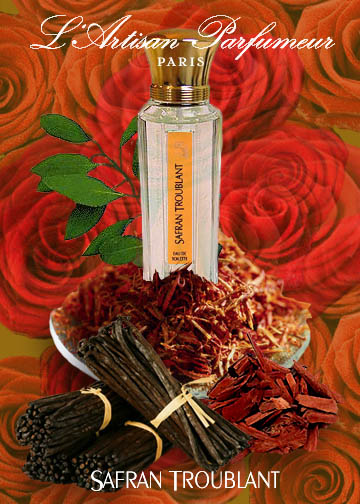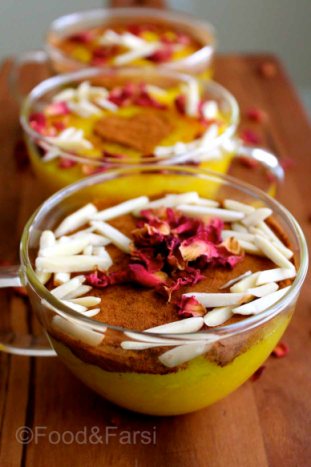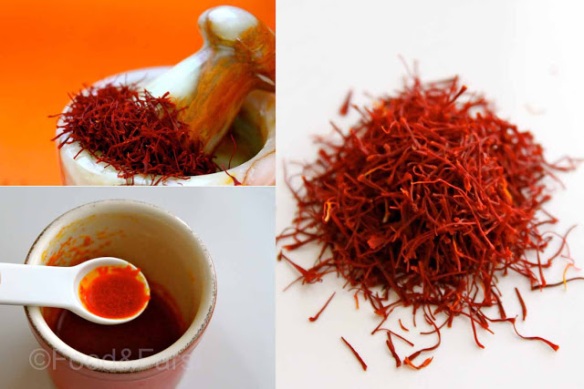As always, my Reviews en Bref are for perfumes that — for whatever reason — didn’t seem to warrant a full, exhaustive, detailed analysis.
DZING!
 Dzing! is an eau de toilette fragrance from L’Artisan Parfumeur which seeks to evoke the circus. The woody scent was launched in 1999 and created by the highly respected perfumer, Olivia Giacobetti. The company describes it as follows:
Dzing! is an eau de toilette fragrance from L’Artisan Parfumeur which seeks to evoke the circus. The woody scent was launched in 1999 and created by the highly respected perfumer, Olivia Giacobetti. The company describes it as follows:
This shockingly unique fragrance, created by Olivia Giacobetti, Dzing! is a magical evocation of a circus of dreams and imagination. Everything is soft hued and slow moving, sights and sounds rolling by in the Big Top. Everything is there, the scent of saddle leather as pretty girls on horses canter by, sawdust, the rosin on the acrobats’ hands as they arc through the air, black panther fur, fire-eaters and gasoline, the vintage canvas overhead, the caramel scent of candyfloss and toffee apples. The circus as conceived by L’Artisan Parfumeur, comforting but contrasted with the occasional roar tearing through the night.
The most complete list of notes for Dzing! (which I shall call “Dzing” for the sake of convenience) comes from Fragrantica which mentions:
leather, ginger, tonka bean, musk, white woods, caramel, saffron, toffee, candy apple and cotton candy.
Dzing opens on my skin as rubbing-alcohol, candy apple. Seconds later, it explodes into a sharply synthetic cloud of artificial notes: white cotton candy fluff; dry dust; cheap leather; cheap caramel; cloying, cheap vanilla; and amorphous, cheap, synthetic gourmand notes. I’ve smelled better things a 99 Cent Store. I cannot imagine a scenario outside of testing where I’d wear Dzing for longer than a minute without shrieking.
The truly repellant aspect is in the revolting alcohol undertones and the cheap, pink, “Made in China” plastic aspect to all the artificial, laboratory-made notes. It’s as if the Mad Scientist infected the body of P.T. Barnum with a plan for world domination through olfactory torture. As the moments pass, the cheap Chinese, mass-produced, pink plastic note rises in prominence, as does the vanilla and the overall shrill cacophony of fakeness. This may be absolutely one of the worst things I’ve smelled in a while. I’m taken back to Tijuana, Mexico, and one of the cheap, tourist shops which sell tiny, plastic dolls, plastic shoes, and every possible hodge-podge of plastic tchotchkes. I wouldn’t object to a well-executed gourmand take on the smells of a circus, but the sheer deluge of cheap plastic and synthetics goes too far. Yes, I realise that almost every word out of my mouth includes the word “cheap” or “plastic,” but you have simply no idea how terrible Dzing smells. $145 for this? It would be easier to roll around naked on the industrial, synthetic carpeting in one of those 99 Cent stores that reek of fake vanilla, cheap apple-caramel candles, and, yes, PLASTIC.
Dzing must be a joke, right? Not a tongue-in-cheek, sweetly winking, happy, positive tease but, rather, a malicious, nefarious, completely sadistic joke created by an anti-social nihilist who intends to fumigate his victims while making a symbolic statement on the decline of Western civilisation, the corruption and decadence of capitalistic ventures like expensive perfumery, and the stupidity of those who think that the Emperor is wearing clothes. People, the Emperor is naked! NAKED! I’m not going to comment any further on this Ionesco-worthy, Absurdist, olfactory scheme to make me lose my mind.
DZONGKHA
Dzongkha is an eau de toilette fragrance created by Bertrand Duchaufour and inspired by the remote Buddhist mountain kingdom of Bhutan in the eastern Himalayas. L’Artisan describes it as follows:
Rich with aromatic influences: temple stones and incense, the sweet aroma of spiced chai tea, the heat of warm leather around fires, the heart of any temple or home in snowbound lands. Vetiver and green papyrus float through soft smoke with touches of peony, lychee and delicate iris. Dzongkha tells a special story on every skin: that of Dzongkha itself, the spiritual language of Bhutan.
On Fragrantica, Dzongkha is classified as a “woody spicy” fragrance and its notes are:
Top notes are peony, cardamom and litchi; middle notes are spices, white tea, vetiver, incense and cedar; base notes are leather, iris and papyrus.
Dzongkha opens with an unpleasant note of sharp incense. It’s not smooth, rich or soothing incense, but alcohol-like, bracing, and pungent. It is followed immediately by spices, predominantly cardamom, with what also feels like saffron, too. There are dry paper notes from the papyrus that evoke the feeling of an old book. Peony swirls in the background along with leather and tea notes.
The incense note is the key to much of Dzongkha’s early start. It is odd in its bracing bitterness and unbelievably desiccated. In combination with the papyrus, the overall effect is that of dust — whether a very old library or an abandoned church. Either way, it’s not enormously pleasant. Slowly, slowly, the cardamom heats up, warming the scent a little. Now, Dzongkha feels like cardamom-infused dust, atop a sharp, synthetic, incense note that burns a little. The whole thing is very airy, sheer and lightweight in feel, with low projection, and, yet, it is quite a strong scent in the beginning. I chalk it up to the synthetic undertone to the incense.
Thirty minutes in, Dzongkha has turned into cardamom dust with acrid incense, tea, spicy woods, and general earthy notes atop a growing base of leather. There is a light smattering of abstract florals flittering about in the background. The peony accord is muted and does little to alleviate the arid nature of the perfume. As time passes, the latter just gets worse and by the 90 minute mark, Dzongkha has turned into the most revoltingly bitter leather, vetiver and smoke fragrance. It is a veritable dust bowl of pungent, acrid dryness. At the same time, it also feels rancid and dark green — a bit like the moments in the legendary leather perfume, Bandit, from Robert Piguet with its deluge of sharply bitter, pungent galbanum and cold black leather. Yet, Dzongkha is a thousand times dryer, thanks to the incense note. I cannot believe how closely it replicates actual household dust, only in piles and heaps.
Dzongkha continues to change with time. By the start of the fourth hour, it is soapy, dark vetiver with bitter smoke, black leather and dust. It is still acrid and abrasively bitter — and I still can’t stand it. Midway into the fifth hour, the soapy element increases and takes on a sharply synthetic, dry, bitter incense accord. The combination smells extremely similar to that in another Bertrand Duchaufour incense creation for L’Artisan Parfumeur: Passage d’Enfer. I hated the latter, so I didn’t enjoy the overlap. In fact, my misery rose exponentially with every minute of Dzongkha’s sharply acrid, cloyingly soapy, painfully dust-like, and perpetually synthetic evolution. In its final moments, Dzongkha was just some amorphous soapy musk. All in all, it lasted 7 hours — all of them unpleasant, when they weren’t complete misery.
Testing Dzing and Dzongkha in the same day — even if the Dzing was only a few hours long — was an incredibly painful ordeal. For all that Dzing was mind-bogglingly terrible, it didn’t actually bring me down and make me feel low the way the incredibly unpleasant Dzongkha did. Really bad perfume experiences can feel almost oppressive, and Dzongkha certainly felt that way. I know it has its admirers, people who find its incense, spices and leather to be pleasant, even relaxing at times. All I can say is that I’m happy for you if it works. For myself, I’d like to forget this day entirely.

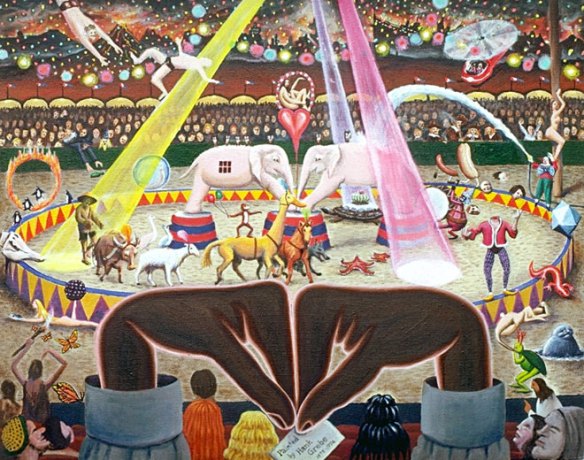
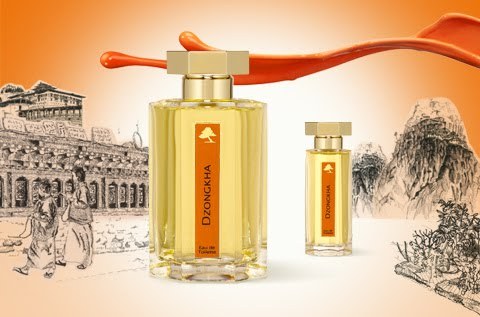

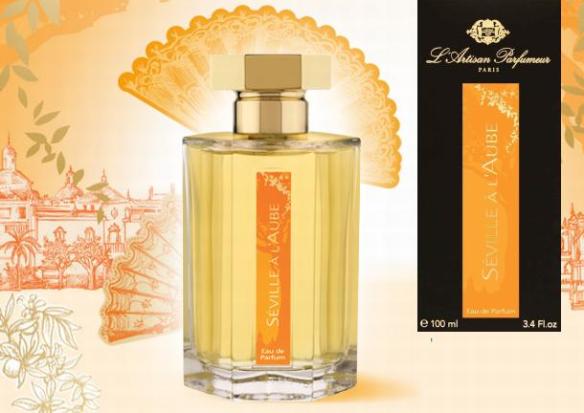
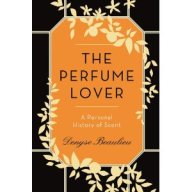


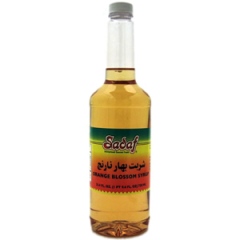
 Batucada is a fruity-floral fragrance from L’Artisan Parfumeur which seeks to evoke the beaches of Brazil, the Caipirinha cocktail, and Batucada itself, a type of samba dance that originated in Rio. The scent was launched in 2011 and created by perfumers, Karine Vinchon and Elizabeth Maier.
Batucada is a fruity-floral fragrance from L’Artisan Parfumeur which seeks to evoke the beaches of Brazil, the Caipirinha cocktail, and Batucada itself, a type of samba dance that originated in Rio. The scent was launched in 2011 and created by perfumers, Karine Vinchon and Elizabeth Maier.

